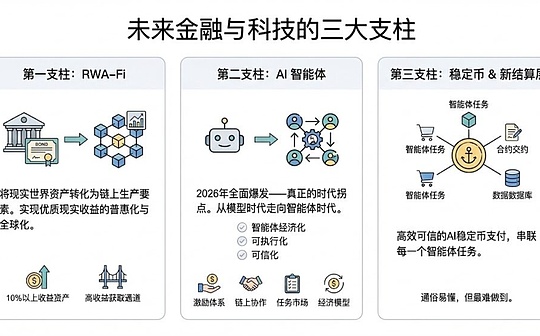
The Bitcoin network is in the contradictory stage of “high security, low profitability”: the computing power continues to stabilize at a historical high of more than 1 zettahash, while the unit computing income of miners has fallen to the bottom, triggering a structural reshuffle in the industry.
On November 27, the Bitcoin mining difficulty dropped another 2% to 149.30 trillion at block height 925344, which was the second decrease that month, but the block interval remained near the 10-minute target.The price of computing power, a key measure of miners’ profits, has plunged 50% in recent weeks to a record low of $34.20 per second per petabyte.
The contrast between high computing power and low income stems from the polarization of miners.Small miners unable to lock in cheap electricity are accelerating their exit, while large operators holding long-term power purchase agreements and deploying off-grid power stations are steadily expanding.
Even stablecoin giant Tether has suspended its mining project in Uruguay due to uncertainty about energy costs and tariffs, reflecting the survival pressure of small and medium-sized miners.On the surface, computing power has not decreased, but in fact it is the result of industry consolidation, and the number of entities supporting network security is significantly reduced.
The trend of centralization has hidden risks, and single factors such as extreme weather and power grid cuts may trigger chain reactions.The capital market has been the first to react. In November, the market value of listed mining companies evaporated by nearly US$30 billion, falling from a peak of US$87 billion to US$55 billion before rebounding slightly to US$65 billion.
Investors’ perception of mining companies is also changing, no longer viewing them as “Bitcoin alternatives”, but as data center businesses with added encryption attributes.
Western miners need to open up new revenue channels by signing long-term power contracts, migrating to flexible grid areas, or undertaking orders for artificial intelligence and high-performance computing (HPC).
To judge the direction of the industry, we need to pay close attention to three major indicators: a deep reduction in mining difficulty will confirm the withdrawal of high-cost mining machines, and a rebound will mean the restart of idle production capacity; if transaction fees rebound due to memory pool congestion, it can improve profits in the short term; at the policy level, export controls and adjustments to power grid rules may instantly change the cost structure.
The paradox of the current Bitcoin network is particularly clear. The protocol level has never been so secure due to high computing power, but the underlying mining industry is facing pressure from capital liquidation and integration.
If financial constraints and high energy costs continue, the industry will usher in more mergers and acquisitions and relocations; if Bitcoin prices and handling fees rebound, some idle production capacity will be restarted, but the owners and operating models have been completely changed.







